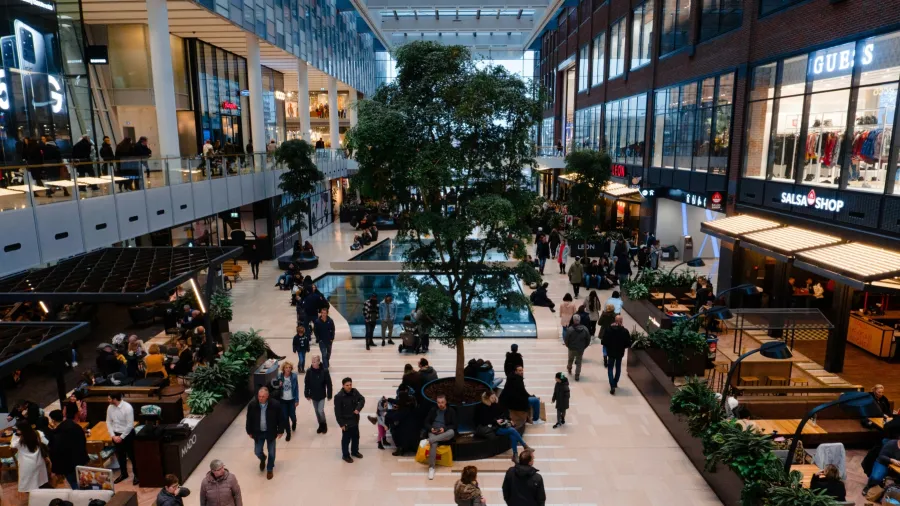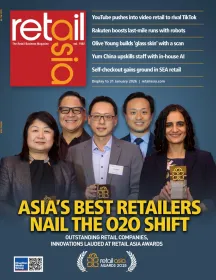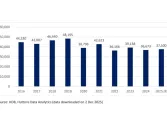
4 in 5 APAC consumers demand authentic representation
Brands are urged to ensure inclusivity across all retail touchpoints to drive engagement.
Around 80% of consumers across the Asia-Pacific region are pushing for an accurate representation of their diverse lifestyles and cultures, according to a WGSN report.
According to the Asia Shopper Priorities 2024 report, consumers in the region are now demanding brands to confront previously stigmatised topics, including physical and neurological differences, infertility, menopause, and mental health.
“Increasingly vocal fringe consumers, from those with limited mobility to the neurodivergent, are gaining mainstream attention,” it noted.
“Brands must more precisely segment customers and make sure they are seen, heard, and reflected across retail touchpoints to drive engagement,” the report added.
The report suggested four strategies, including prioritising universal design, co-creating with under-heard voices, ensuring diverse employee representation, and addressing taboo topics with creativity.
Retail spaces must be flexible and accommodating, with clear signposting, designated sensory regulation areas, and streamlined checkout processes, it noted.
ALSO READ: What drives APAC Gen Zs consumer behaviour
Stores should also evolve into hubs for social learning and leverage AI-enabled assistive technology to eliminate online barriers.
Approximately 75% of Australian shoppers advocate for universal accessibility, with 68% willing to pay more for inclusive products.
The report also urged retailers to collaborate with inclusion experts and employ circular frameworks and innovative methodologies like 'questionstorming' to facilitate ongoing feedback during the design phase. Regular beta trials will also ensure continuous improvement.
With over 700 million people with disabilities in the Asia-Pacific region, tapping into this talent pool is also essential.
Additionally, employees can serve as valuable knowledge curators for disability inclusion initiatives. Brands can also implement an accessibility checklist throughout the design process guaranteeing that the customer journey caters to diverse needs and abilities across various life stages is also deemed crucial.
Moreover, brands are encouraged to infuse entertainment and playfulness into their approach rather than shying away from once-taboo subjects to help navigate sensitive topics with levity and joy.

















 Advertise
Advertise





